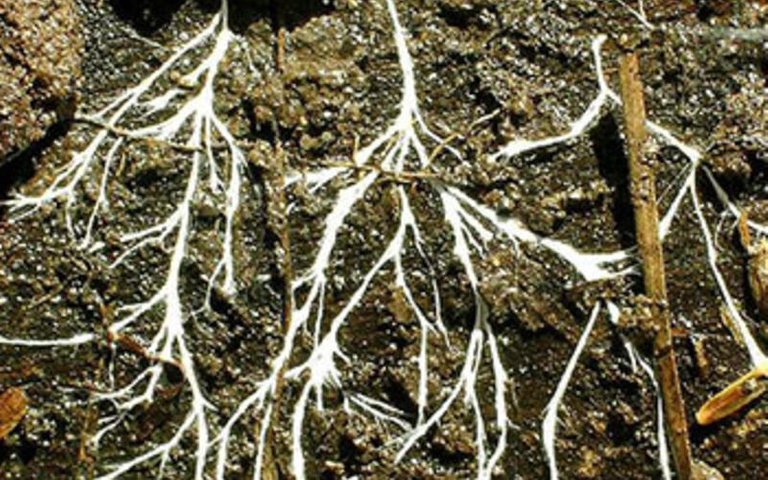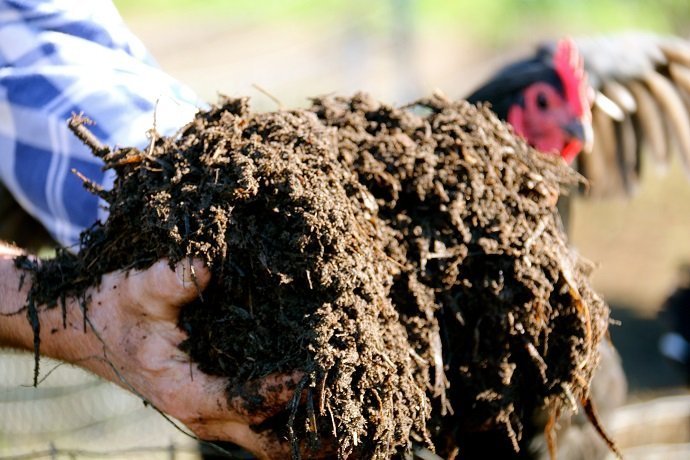Technical generalities about efficient microorganisms and their natural properties
Efficient microorganisms (EM) are those developed in 1970 by Professor Teruo Higa of the Faculty of Agriculture of Ryukyus University in Okinawa, Japan. Which theoretically mentions this commercial product is essentially conformed by three different types of organisms: yeasts, lactic acid bacteria and photosynthetic bacteria, which develop a metabolic synergy that allows its application in different fields of engineering, according to its promoters.



▶ When these EMs come into contact with organic matter, they secrete beneficial substances such as vitamins, organic acids and, fundamentally, antioxidant substances, and through their action they change the micro and macroflora of soils and improve the natural balance.

▶ Credits: permaculturenews. – [Image of Public Domain]
≕ I invite you to stay tuned and read my next contribution ≔
Moreover, this biological reactivation of the soil can be achieved when it is subjected to these treatments based on the incorporation of organic materials of animal and vegetable origin and inoculations with efficient microorganic agents.
It is said to be an abbreviation of EffectiveMicroorganisms, a mixed culture of natural beneficial microorganisms, without genetic manipulation, present in natural ecosystems, physiologically compatible with each other, is used as a viable and sustainable option for agricultural and animal production within organic and biological parameters, which do not affect the environment, to achieve high quality products at low cost.
Contributing to this theory is that ME is a liquid concentrate containing some 80 varieties of microorganisms including both aerobic species that breathe oxygen and anaerobic species such as photosynthetic ones that were discovered by chance in the late sixties.

Undoubtedly, this is a technology that radically changes some of the classical approaches to such basic issues as cleaning, water purification and biological agriculture. The ME has demonstrated a myriad of properties, one of which is the regenerative power on organic matter, it can be reused.
NOTE: Reference material.
0
0
0.000
You love gardening? It's hard to understand your terms 😁I am only in 3rd grade.
I am fascinated by gardening, for now do not worry about the terms, you just have to be constant in your studies with time you will love the whole plant world.
That's nice. My mom loves gardening too. She has a lot of vegetables in our garden and also ornamental plants.